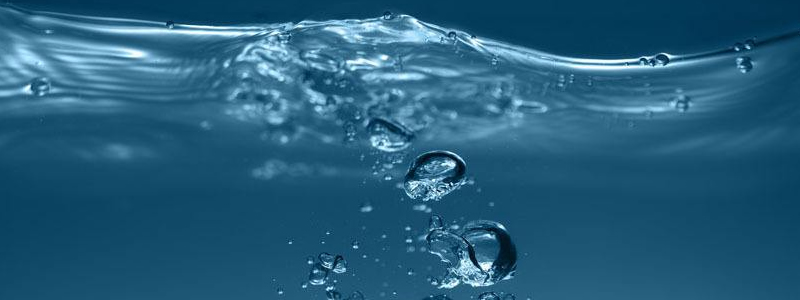
Dosing rate of Polyaluminium chloride
Polyaluminium chloride (PAC) dosing
Continuous coagulation with polyaluminium chloride has long been recommended by PWTAG – especially in the light of the threat from Crytposporidium. Like all coagulants PAC works by extracting and then clumping together dissolved, colloidal and suspended matter. The resulting floc is then trapped on the filter.
This note clarifies the application and dosing rates for the various different grades of polyaluminium chloride being sold in the market.
Background
Filtration through a porous medium such as a sand bed is an efficient and cost effective means of reducing water turbidity. But sand filters are very limited in their ability to remove impurities without coagulation.
Without coagulation removal rates in a single pass of a medium-rate filter were about 50%. This was dramatically improved, to over 90%, by dosing polyaluminium chloride.
Dosing rate
PAC is directly and continuously dosed from the containers in which it is delivered at a rate of about 0.1ml/m3 of the circulation flow. (It is very important that it is not diluted with water as it will form a gel.)
This must be mixed as evenly as possible throughout the water flow.
Following dosing, coagulation of pollutants happens quite quickly. Flocculation is a slower process, where the coagulated particles come together in flocs, so it is important that there is sufficient time before the water reaches the filter media.
At least 10sec is recommended, at a flow velocity not exceeding 1.5m/sec. This can normally be achieved in the space in the filter above the filter media.
But to ensure the best possible mixing, PAC should be injected as far before the filters as possible – but after the place where the sample for the chemical controller is taken.
How to dose
For a pool with a capacity of 450m3 (100,000 gallons) and a turnover period of 2 hours the circulation rate is 225m3 per hour.
The PAC dosing rate for this pool would be 22.5ml per hour. This is a very small quantity (two and a quarter 10ml test tubes per hour) and is difficult to dose accurately.
Most chemical dosing pumps used for dosing the other chemicals used in swimming pools are not capable of adding this small quantity accurately and continuously. The most suitable type of dosing pump is a peristaltic pump.
PWTAG recommends a normal dosing rate of 0.1ml/m3 of the total flow rate, which it has also described as 0.005ml/m3 as aluminium.
There are now a number of different grades of PAC with aluminium concentrations between 9.5% and 18%. The concentration of aluminium is not the only consideration when selecting a grade of PAC to use. (If it was, PWTAG would be recommending the much cheaper alum – aluminium sulphate.)
Commercially available PAC products are characterised by their degree of basification – i.e. the concentration of hydroxyl groups (OH) relative to aluminium ions.
PAC products can be in the range of 5%-65% basicity. As a general rule, the higher the basicity, the higher the polymer content and thus cationic charge density and efficiency. Higher basicity products have a lower aluminium content but are more efficient in clarification of water (i.e. turbidity/suspended solids removal).
Because there is less aluminium content there is less aluminium in the backwash water. Furthermore, aluminium residuals are minimised. The lower aluminium content products have a higher basicity, so the best advice that PWTAG can give is to use the same dosing rate for all grades of PAC, that is 0.1ml/m3 of the total flow rate.
Summary
PAC should be dosed as far upstream of the filters as possible, but after the chemical controller’s sample point.
PAC should be dosed continuously using a peristaltic pump.
All grades of PAC should be dosed at a rate of 0.1ml/m3 of the total flow rate.
For more details and technical informations on specific chemicals you are interested in...
Contact us to serve you today!
 Previous
Previous  Next
Next Get answers and advice from people you want it from.